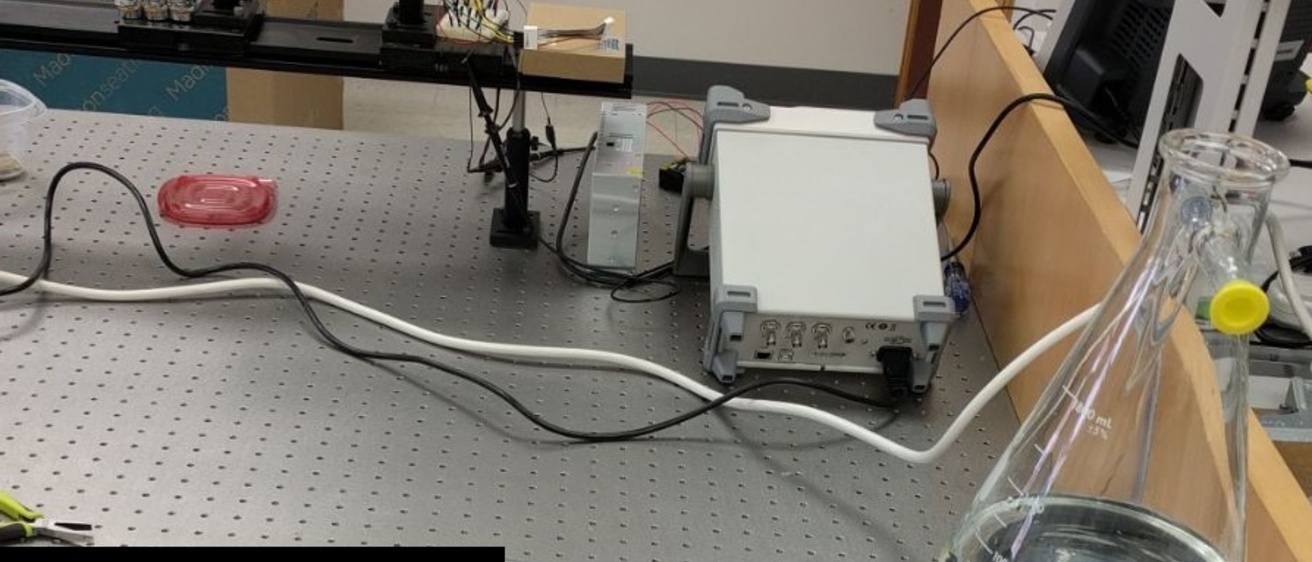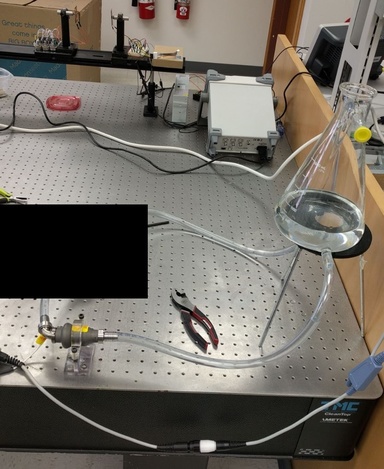
Breadcrumb
Bringing Together Medicine and Engineering

Fluid mechanics, one of our core competencies at the Ratner Research Lab, is highly relevant to hemodynamics (the dynamics of blood flow). Why is this important? Because we can then apply engineering ideas and techniques on several medical applications, such as optimizing the next generation of heart pumps and heart valves, and inventing completely new technologies like artificial lungs and artificial kidneys, which have the potential of saving thousands of lives across the United States each year and significantly improving the quality of life of many more. To that end, we have established a new lab space in collaboration with the Department of Surgery at the Carver of College of Medicine.
Bhama-Ratner Artificial Heart and MCS Advancement (or BRAHMA) Laboratories is a collaboration between the Department of Mechanical & Industrial Engineering (MIE), University of Iowa and the Department of Surgery, Carver of College of Medicine. Principal Investigators are Prof Albert Ratner, Associate Professor at the Dept of MIE, and Dr Jay K Bhama, Cardiothoracic Surgeon & Clinical Professor at the Dept of Surgery. Other key personnel include Gurjap Singh, Graduate Student at the Dept of MIE, under Prof Albert Ratner.
BRAHMA Lab focuses on developing and optimizing solutions for medical interventions and devices. The lab brings together clinical and surgical expertise with engineering approaches and research methods. Although only in formal operation as of June 2017, as of now the lab has secured significant IP protection in the form of one full utility patent and two provisional patents.
A centerpiece of the research being conducted at BRAHMA Labs is our proprietary puslatile flow device. This device, when fitted downstream of an existing continuous-flow LVAD, will generate a pulsatile flow. The valve is highly scalable and can be made hermetic, meaning it can be used in both adult and pediatric applications. A hermetic prototype has been constructed and is successfully working. The hermetic motor that drives the device is undergoing trials & troubleshooting.